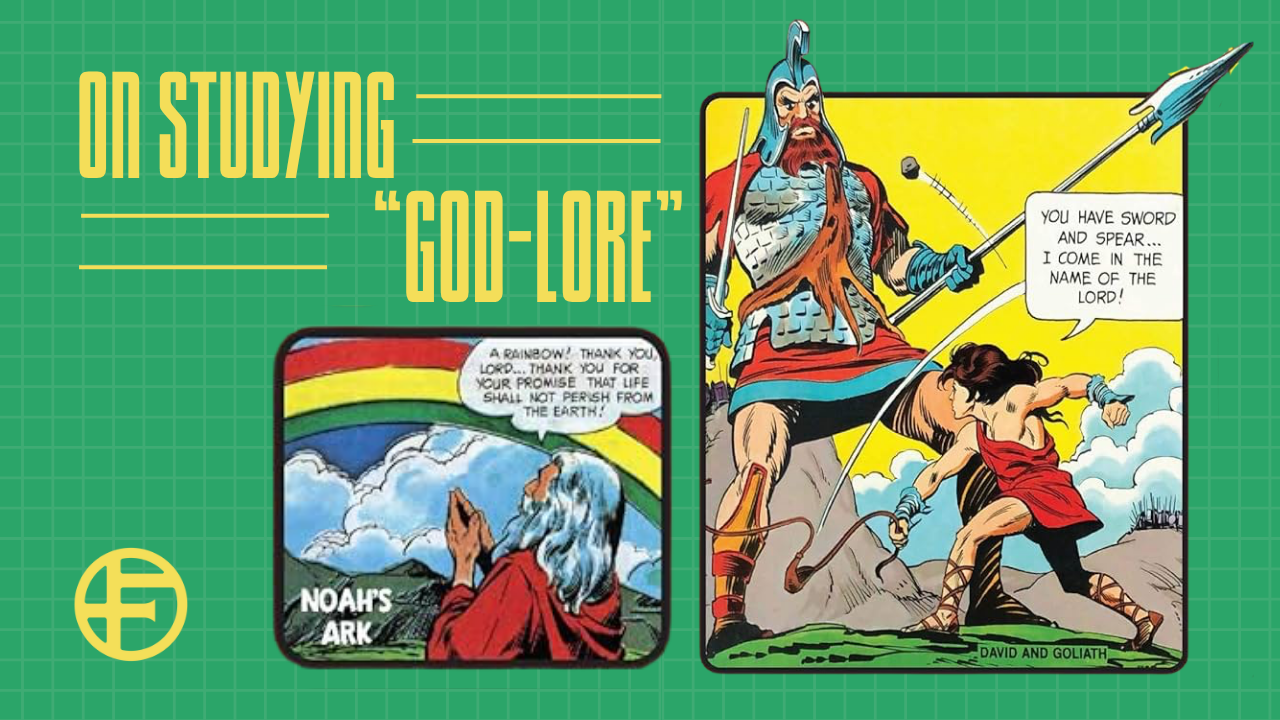Welcome back to our conversation on what happens when humans die according to the biblical writers! We took a short pause last week to celebrate Oktoberfest(cheers!), and now we are back and ready to survey more of the Bible’s many perspectives about the afterlife/after death.
In our last discussion, we looked at how the majority of the Hebrew Bible views death as simply the end of living. Humans descend into the grave and “sleep with the ancestors.” God’s rewards or punishments are meted out during life, not after it.
Today, we will look at two more possibilities, also from the Old Testament. It’s important to remember that we are not only looking at different perspectives of the afterlife, but also at how these ideas developed…and why.
A New Possibility
Another perspective comes from the writer of Ecclesiastes (also known as Kohelet if you want to impress people at parties!): “For the fate of humans and the fate of animals is the same; as one dies, so dies the other…20 All go to one place; all are from the dust, and all turn to dust again. 21 Who knows whether the human spirit goes upward, and the spirit of animals goes downward to the earth?” (3:19a, 20-21).
This author observes that all created beings eventually die and return to the ground. What the author doesn’t know is what happens to the spirits of the beings. This idea of a fate for the spirit separate from the body does not show up until a long time after many of the earlier writings (many Hebrew Bible scholars understand this particular wisdom book to be a later book in the OldTestament’s development).
In the earlier sections of the Old Testament—for example in Gen 2:7—humans and their souls/spirits are described as one entity: נֶ֥פֶשׁ חַיָּֽהnephesh hayah, “a living soul.” In this early Hebrew worldview, there is no distinction whatsoever between a human spirit and a living human body. So, we can see that this notion of a person’s spiritual essence being understood as having a life separate from their body must have taken time to develop.
Resurrection and Judgment?
Speaking of later books, we come to the final perspective to consider: the notion of resurrection from the dead and judgment of the dead. The Book ofDaniel is one of the very latest to be written in Old Testament canon and contains a unique passage in its apocalyptic material: “Many of those who sleep in the dust of the earth shall awake, some to everlasting life, and some toshame and everlasting contempt.” (Daniel 12:2)
So, what prompted this radical change in viewing death? Daniel’s early chapter with Babylonian captivity after the fall of Jerusalem. The conquest ofJudea and the exile of many of its people was a crisis that left many Jews wondering about God’s promises and if God would uphold his people. The latter chapters of Daniel reflect the crisis that came about several centuries after the initial conquest of Judea. One of the Hellenistic kings (of the SeleucidEmpire), Antiochus IV Epiphanes persecuted the Jews and desecrated the temple.The Book of Daniel therefore chronicles the Jews losing their home and then losing the sanctity of their religion.
So, what does all this have to do with a sudden epiphany about resurrection? Well, this belief arose out of a trust in God’s faithfulness! The line of reasoning goes something like this: God always keeps his promises. IfGod doesn’t come through in this lifetime however, it must mean that there is time after death in which God rewards the faithful and punishes the wicked. Rathering than denying God’s goodness, these people who believed in resurrection decided that if they couldn’t see God’s care now, it must becoming later—possibly even after death.
Looking Ahead
In the next post, we will turn to the New Testament. We will look at how things like resurrection were discussed during the time of Jesus as well as various understandings of the afterlife. In the meantime, check out the death café The Candler Foundry is hosting at the end of this month (https://www.instagram.com/p/DPO396qkhtF/)! We will gather with a group of people who feel called to talk about and process death.
.png)
.png)



Lorem ipsum dolor sit amet, consectetur adipiscing elit. Suspendisse varius enim in eros elementum tristique.